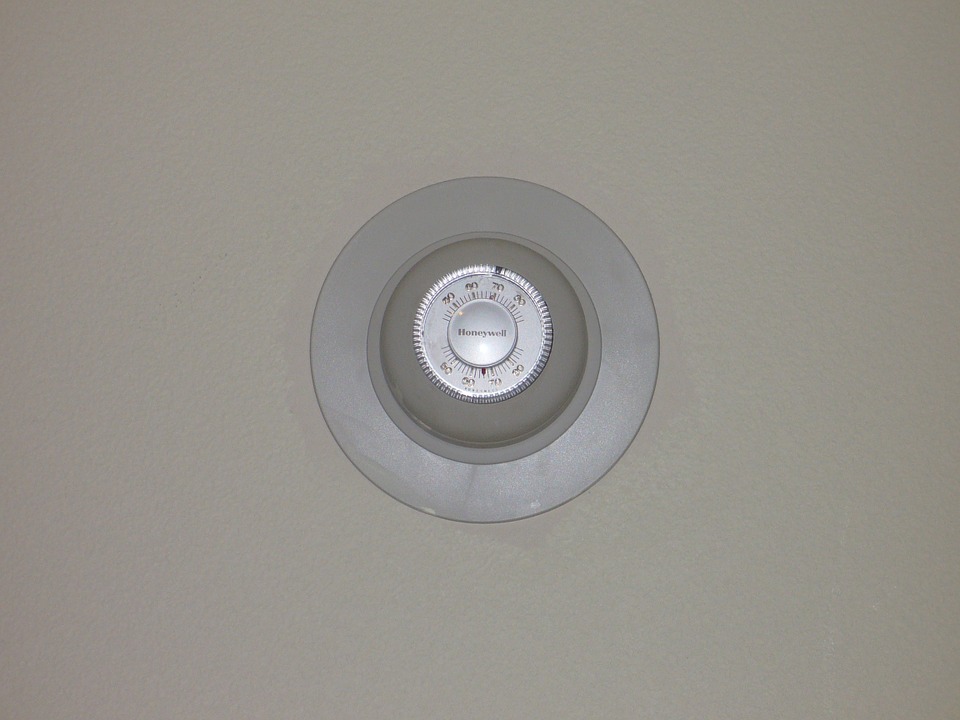When it comes to household appliances that have to be built sturdily, and built to last, it simply cannot be denied that washing machines are, for the most part at least, some of the most durable and hardwearing machines in the entire world, which is why washing machine timer repairs are so essential.
When you stop and think about just how much use a washing machine gets, it really is pretty amazing that they last as long as they do. Each day your washing machine will be used, possibly even multiple times, and so to say it can take a bit of a beating, would be a vast understatement. When it comes to using your washing machine however, ensuring that the timer works correctly is absolutely essential, for so many reasons. Some people for example, will set the timer for their washing machines so that they switch themselves on during the night, when energy and electricity tariffs are much cheaper. 
A faulty timer can also interfere with various washing cycles, so again, timer repairs are absolutely essential. If your washing machine time is indeed faulty, or ready to throw in the towel, you should always hire the professionals to take care of the timer repairs for you. If you are desperate and capable however, there are things you can do to extend the life of your washing machine timer. Take a look at this handy step by step guide, and see what you think.
Begin by removing the control knob – To begin with, the first thing you are going to have to do is to remove the control knob. Simply push the knob in like you would when switching the device off, and then turn it counter clock-wise until it begins to unscrew. Behind it there should be a circular indicator plate, which you should also remove.
Gain access to the timer – Next up, behind the control panel you should find the timer. In order to gain access, there should be some form of plastic covering, which will have been designed to be removed by hand. Grasp the end caps and give it a firm pull forwards. One each side of the control panel, you should find two separate screws, which will need to be removed via a screwdriver. Once all screws have been carefully removed, put them somewhere safe, and then disconnect the wiring harness from the device. You should now be able to remove the timer.
Dismantle it and look inside – Now that you have the timer, it’s time, pardon the pun, to dismantle it and take a look inside to see what’s going on. Most timers will simply be plastic wheels with cams on them, along with a motor, and a brass comb complete with numerous contact arms. All of the aforementioned components will be mounted upon a metal frame made from sheet metal. It should all be held together with three metal bent tabs, which will need to carefully be straightened out so that they can easily slide through the slots found below them.
Inspect the brass comb contact points – More often than not, in the case of a faulty timer, it is usually the brass comb contact points that are at fault. You can usually help to identify the problem by noting how your washer behaves. For example, if all of the cycles apart from the spin cycle are working, this could be a fault with the contact point relevant for the spin cycle. If you notice that all contact points apart from one, look fine, the one that does not look right I.E damaged, burnt, etc, will almost certainly represent the spin cycle.
Repairing the contact point – Now, this is where things get tricky, which is why, when it does come to timer repairs, you should leave things to the experts. By getting this far you’ve already saved money because it’s less work for the repair man to do, so you may wish to hand it over to them. If however, you feel confident, you could tackle the repair yourself. You could try using a soldering iron and building the contact point up ever so slightly, using just one drop or two of solder, to help repair the contact.
Reassembling – Now that you have identified the problem, depending on whether or not you chose to try to perform the repair yourself, you may wish to reassemble your timer. Put everything back together, and try your washing machine once again. If it was the spin cycle that wasn’t working, try using it on that cycle and see whether or not your repair worked. Remember however, this is only a temporary fix, and you should still leave the timer repairs to an expert, but if you are confident in your abilities, your repair may buy you a few extra days until an expert can get out to take a look at what is going on.

Write a Comment